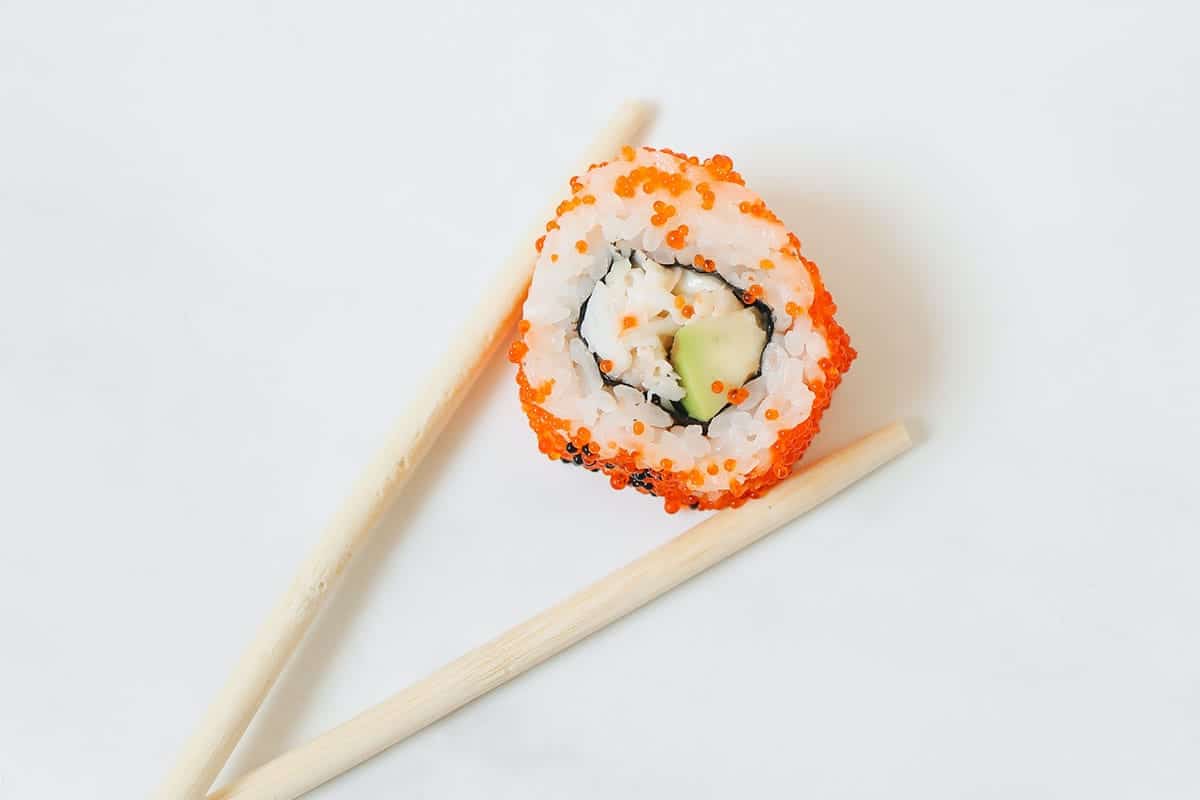Chopstick Tax

In 2006, China introduced a 5% tax on disposable wooden chopsticks to reduce demand for wooden chopsticks to preserve their shrinking forests. This is a classic ‘Pigovian’ tax as the Chinese government wants to change consumer behavior (encourage people to eat with reusable, plastic chopsticks instead of traditional ones) and not raise tax revenue. Ironically, during the Sars epidemic in 2003, the Chinese government encouraged the use the disposable chopsticks as they helped to stop the spread of disease and promoted better public hygiene.
Every year China manufactures 80 billion single-use wooden chopsticks, which involves clearing 25 million trees. China is the world’s largest maker of disposable chopsticks, with more than 300 factories employing about 60,000 workers. Deforestation of this scale is not sustainable, and the Chinese Government is naturally concerned about the environmental damage.
China exports fifty per cent of the manufactured chopsticks to Japan, Korea, and the United States. Japan consumes 25 billion disposable chopsticks per year (97 per cent from China), with the average Japanese using four pairs per week. Chinese chopstick exporters responded to the 5% tax by slapping a 30% price hike.
Chopsticks are eating utensils consisting of two sticks made of wood, metal, or ceramics. The first chopsticks were tools for cooking and serving food, not as an eating utensil. Serving chopsticks have been excavated from the Ruins of Yin near Anyang (Henan) and dated to 1200 BCE—chopsticks as an eating utensil date back to the Han dynasty (202 BC – 220 AD).
